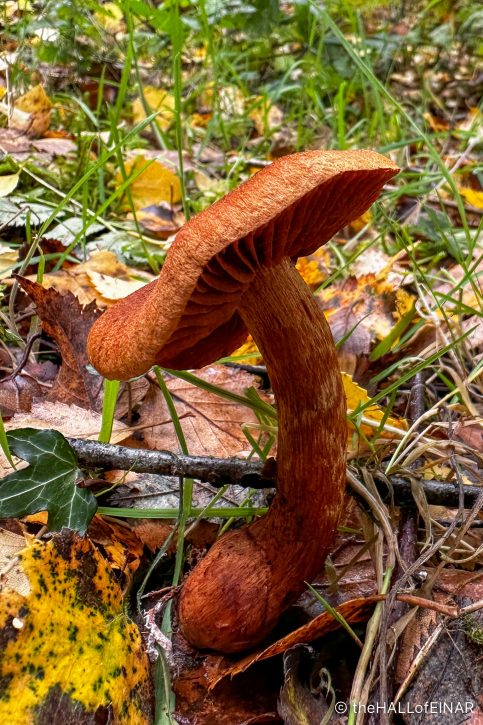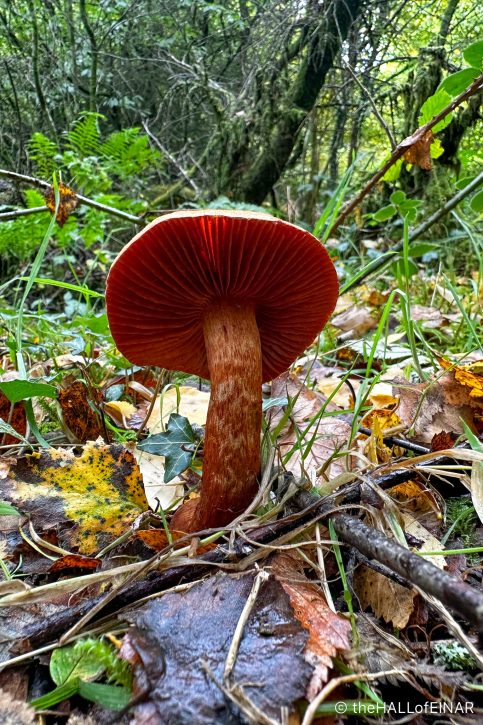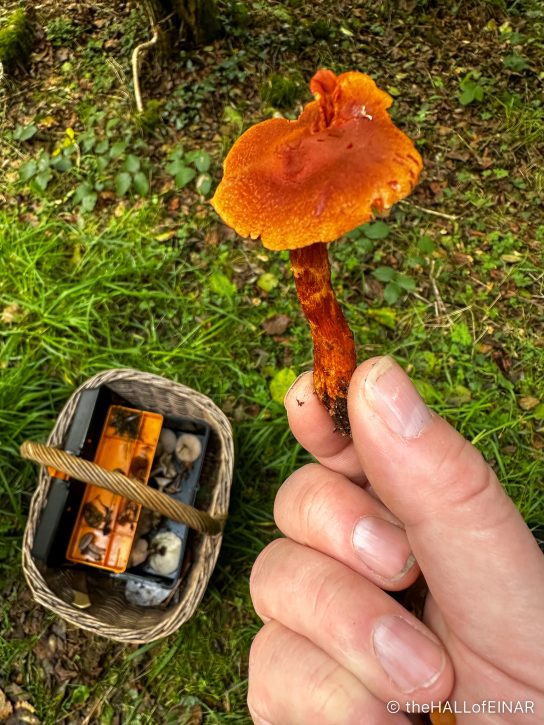Deadly
Here’s a fungus you should learn to identify if you’re interested in foraging and eating wild fungi. It’s the Deadly Webcap, Cortinarius rubellus.

That’s not because it’s delicious. It causes irreversible kidney damage to humans because of the poison orellanine. It only takes a mouthful or two and they’ll be searching for a suitable tissue match for you in a couple of weeks.

Orellanine is similar in its chemistry to the powerful herbicide paraquat. Eating Deadly Webcaps is like drinking weedkiller.

Take care out there.
Here’s the first mention of Cortinarius rubellus, in Mordecai Cubitt Cooke’s Grevillea from 1887.

I love a bit of fungal history.